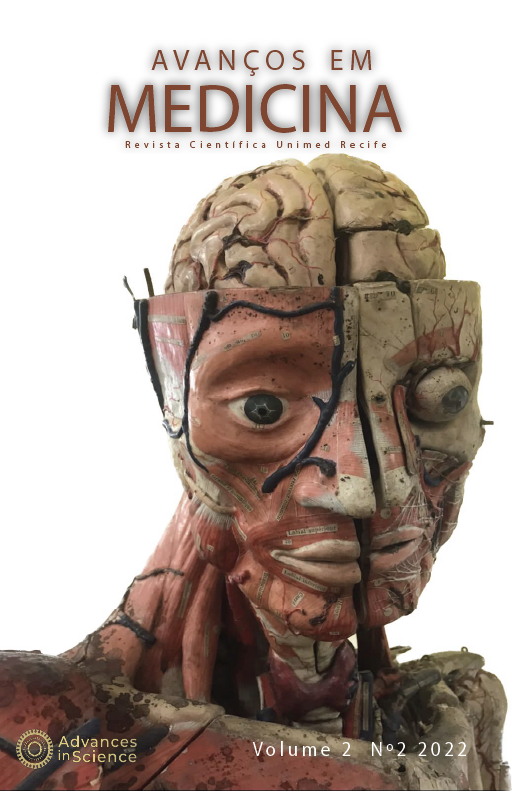External ventricular drain - The most frequent neurosurgical procedure. A review and practical considerations
DOI:
https://doi.org/10.52329/AvanMed.52Keywords:
External ventricular drainage, Neurosurgery procedures, HydrocephalusAbstract
In the present article, the authors wish to review and comment on a few practical considerations regarding external ventricular drainage (EVD). External ventricular drainage (EVD) is the most frequent procedure with intracranial access in neurosurgical practice. Despite its importance for saving lives, it still seems to be undervalued, being performed many times by young doctors in the early years of their neurosurgery residency program. In the vast majority, the technique is performed in an emergency scenario when there is a high risk of death for the individual. The main indication for performing an EVD is hydrocephalus. Increased ventricular volume due to difficulty in circulation or absorption of cerebrospinal fluid (CSF) can have numerous causes, such as intraventricular bleeding, infection, obstruction of CSF drainage pathways by intracranial tumors, cerebellar stroke/edema, and traumatic brain injury. Despite being a life-saving neurosurgical procedure, complications can occur; some are serious and can cause permanent neurological deficits and even death. Infection and hemorrhage are the most frequent complications. The most feared infection is ventriculitis, with high frequency when EVD remains for more than ten days. We conclude that the procedure for implanting an EVD is an intervention with potential risk and must be performed following rigorous protocols to avoid serious complications.
Downloads
Downloads
Published
How to Cite
Issue
Section
License
Copyright (c) 2022 Marcelo Moraes Valença, Luiz Severo Bem Junior, Ana Cristina Veiga Silva, Elayne Cristina de Oliveira Ribeiro, José Jailson Costa do Nascimento, Martina Falcão Valença, Marcelo Andrade Valença, Ubiratan Alves Viturino da Silva , Luciana Patrízia Alves Andrade-Valença, Hildo Rocha Cirne de Azevedo Filho

This work is licensed under a Creative Commons Attribution 4.0 International License.



